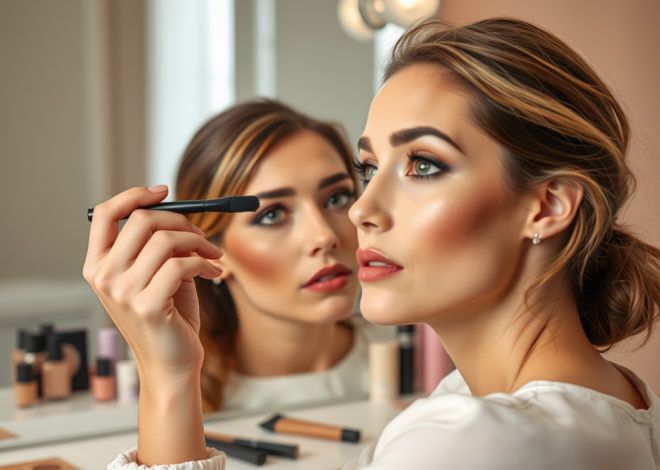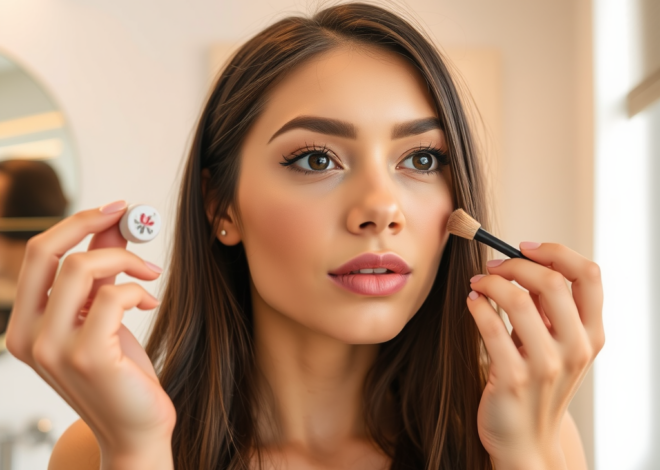
What is the difference between botox and fillers
When it comes to non-surgical cosmetic enhancements, Botox and fillers stand out as popular choices for millions seeking youthful vitality without going under the knife. At their core, both Botox and fillers are designed to combat signs of aging and improve facial aesthetics, but they do so in fundamentally different ways. Botox primarily relaxes facial muscles to smooth out wrinkles, while fillers add volume to tissues, plumping up areas that have lost fullness or enhancing facial contours. Understanding the nuances between these treatments empowers individuals to make informed decisions aligned with their beauty aspirations.
Introduction to Cosmetic Enhancements
The world of cosmetic procedures has seen an impressive shift toward non-invasive techniques. The rise of non-surgical beauty procedures can be attributed to their less intimidating nature, affordability, and minimal downtime when compared to traditional surgery. From a quick lunchtime touch-up to significant facial transformations, these treatments offer a breadth of options for personal enhancement. Botox and fillers, in particular, have garnered a substantial following due to their immediate results and relative ease of application.
Botox and fillers are both injectable treatments but differ in their composition, purposes, and areas of application. Botox, a brand name for a toxin produced by Clostridium botulinum, works by temporarily paralyzing muscles, making it an ideal solution for dynamic wrinkles that appear with expressions like frowning or smiling. Fillers, on the other hand, are a diverse group of substances used to add volume, smooth out static wrinkles (those present without muscle movement), and rejuvenate facial contours.

Botox: The Wrinkle Relaxer
What is Botox?
Botox is a neurotoxin, and when used in small doses, it safely reduces the appearance of fine lines and wrinkles. Approved by medical regulatory bodies around the globe, it’s become a household name for those looking to erase the signs of stress and aging from their faces.
How Does Botox Work?
Upon injection, Botox blocks the nerve signals to specific muscles, causing a temporary reduction in muscle activity. This relaxation diminishes the wrinkles they would otherwise create, leading to a smoother, more refreshed complexion.
Common Uses for Botox
Botox is best known for treating forehead lines, crow’s feet, and frown lines. However, it has a range of other applications, including managing excessive sweating, reducing migraine frequency, and even treating certain muscular disorders.
Expected Results and Duration
The effects of Botox are not immediate and typically emerge within a few days to two weeks post-injection. The results can last anywhere from three to six months, at which point patients may require follow-up treatments to maintain their smooth-skinned results.
Fillers: The Volume Restorers
Fillers, otherwise known as dermal fillers, serve a different purpose than Botox. They are injectable gels used to restore lost volume, sculpt facial features, smoothen wrinkles, and enhance soft tissues. Different types of fillers are available, each suited for specific areas and concerns.
Understanding Dermal Fillers
These products often contain naturally occurring substances, such as hyaluronic acid, which attract moisture and rejuvenate the skin’s appearance. Other fillers may utilize synthetic compounds to stimulate collagen production or provide a more permanent solution to volume loss.
Types of Fillers and Their Composition
There’s a variety of filler brands and types on the market, each tailored for specific results. For instance, hyaluronic acid fillers are known for their temporary but natural-looking outcomes, while other materials like calcium hydroxylapatite or poly-L-lactic acid are designed for deeper lines and longer-lasting effects.
Popular Areas Treated by Fillers
Fillers are commonly applied to areas such as the cheeks, lips, nasolabial folds, and under the eyes. Their versatility allows practitioners to address a wide range of concerns from fine lines around the mouth to hollowed cheeks.
Results and Longevity of Fillers
While some results are seen immediately, fillers often take a few weeks to settle and reveal their full effect. Depending on the type of filler used, the results can last anywhere from six months to two years before a repeat treatment is needed.

Comparison Table of Botox and Fillers
| Feature | Botox | Fillers |
|---|---|---|
| Main Ingredient | Botulinum toxin | Hyaluronic acid, Calcium hydroxylapatite, etc. |
| Primary Use | Muscle relaxation, wrinkle smoothing | Volume restoration, wrinkle filling |
| Treatment Areas | Forehead, Crow’s feet, Frown lines | Cheeks, Lips, Nasolabial folds, Under eyes |
| Onset of Results | 3-7 days | Immediate to a few weeks |
| Duration of Results | 3-6 months | 6 months to 2 years |
| Maintenance Required | Yes, repeat treatments | Yes, depending on the filler type |
In crafting this comparison, it is evident that while both Botox and fillers alleviate signs of aging, they cater to distinct aesthetic challenges. The selection between the two—or the decision to combine them—hinges on the individual’s unique facial structure, desired outcomes, and the expertise of their chosen practitioner.
Comparing Botox and Fillers
Understanding the differences between Botox and fillers is pivotal in selecting the right treatment for your aesthetic needs. While both treatments aim to enhance facial appearance, they utilize distinct substances and mechanisms to achieve their results.
- Differences in Composition Botox is a purified form of botulinum toxin, a neurotoxin that temporarily ceases muscle contractions. This process smoothens dynamic wrinkles—those created by facial movements. Conversely, fillers are composed of a variety of substances like hyaluronic acid or calcium hydroxylapatite, which work by adding volume and have no effect on muscle activity.
- Targeted Areas and Treatment Goals Botox is mainly effective for treating wrinkles on the upper face, where expression lines are most evident. In contrast, fillers are versatile and can be used to address volume loss in the cheeks and lips, smooth out deeper set lines, or improve facial symmetry.
- Duration and Frequency of Treatment Generally, Botox requires repeat treatments every three to six months as its effects wear off. Fillers, on the other hand, have a more variable duration depending on the type used—certain fillers last up to two years. Both treatments entail a commitment to maintenance for sustained results.
- Side Effects and Considerations Both Botox and fillers come with potential side effects. For Botox, these may include temporary bruising or headaches. Filler side effects can range from swelling to more rare complications like vascular occlusion. It’s essential to consult a qualified professional to minimize risks and ensure safety.
Making the Right Choice for Your Aesthetic Goals
- Consulting with a Specialist Begin by arranging a consultation with a board-certified dermatologist or plastic surgeon. These professionals can assess your skin’s condition, discuss your goals, and recommend the most appropriate treatment.
- Personalizing Your Treatment Plan A good practitioner will help you understand what you can realistically expect from each treatment. They might suggest a combination of Botox and fillers for a more comprehensive approach to facial rejuvenation.
- Managing Expectations and Aftercare Clear communication about recovery time, aftercare protocols, and management of potential side effects is crucial in achieving the desired outcome. Ensure you follow all guidance provided by your practitioner for the best results.

Conclusion
Botox and fillers, though sometimes used interchangeably in conversation, cater to different anti-aging needs: Botox softens dynamic wrinkles, while fillers restore volume and address static lines. Balancing beauty and wellbeing involves not just choosing the right treatment but also the right professional to deliver it. Trusting your appearance to someone with the right expertise will not only enhance your looks but also ensure a safe and comfortable experience.
FAQs
- What is the best treatment for fine lines, Botox or fillers? Botox is typically the preferred treatment for fine lines that are a result of muscle movements, such as those around the eyes and forehead. Fillers are better suited for deeper, static wrinkles and areas needing volume.
- Can Botox and fillers be used in combination? Yes, using Botox and fillers in combination can address multiple concerns in one treatment plan. For example, Botox can be used for crow’s feet while fillers can plump up the lips or restore cheek volume.
- How long does it take to see results from Botox and fillers? Results from Botox typically appear within 3-7 days after treatment, while filler results can be seen immediately, with full effects visible within a few weeks as any swelling subsides.
- Are there any long-term effects of using Botox and fillers? When administered correctly by a qualified professional, long-term effects are rare. However, prolonged use of Botox may lead to muscle atrophy, and in some cases, fillers may stimulate collagen production resulting in longer-lasting effects.
- Is it necessary to get maintenance treatments for Botox and fillers? Maintenance treatments are necessary to sustain the results of Botox and certain fillers. Botox treatments are typically redone every 3-6 months, whereas fillers vary from 6 months to 2 years, based on the substance used and individual patient factors.


